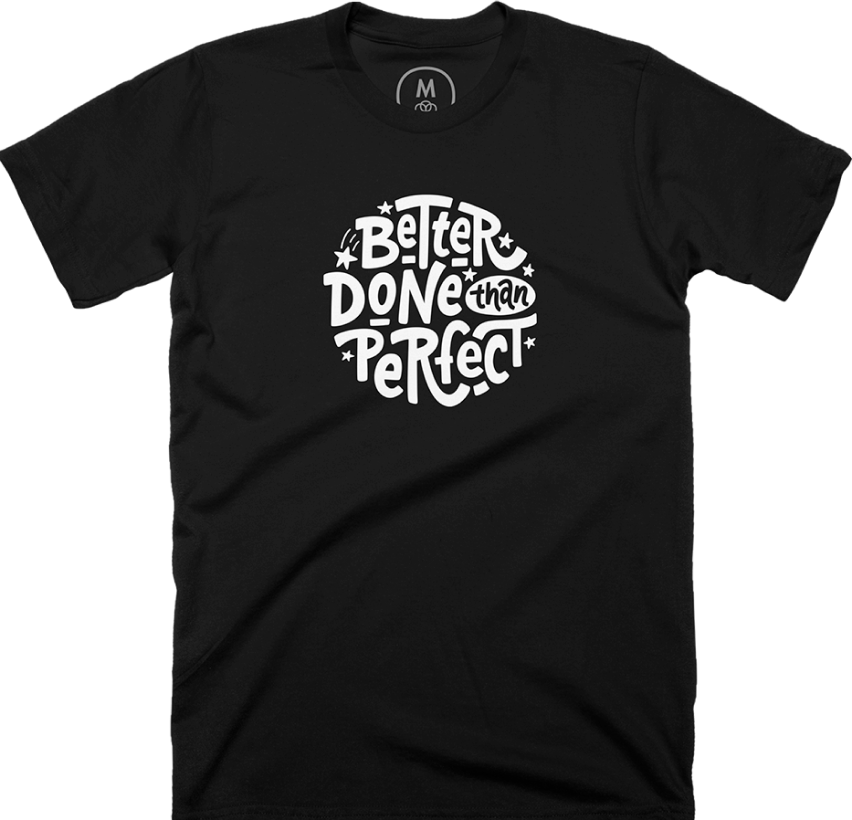Alan Silvestri, founder of Growth Gorilla and link building expert, is helping SaaS companies build their backlinks to amplify their SEO efforts. Alan works with companies who already understand the value of high-quality content. These companies usually produce great content regularly, but they are struggling with the resources and the strategy needed to properly promote it. That’s where Growth Gorilla comes in:
“We found that most of the time what the companies need to move the needle is more, higher-quality backlinks.”
Jane and Alan agree that this is a “crazy, horrible industry” so Alan differentiates by positioning Growth Gorilla as a trusted advisor, not just some ordinary “link vendor”. Alan only works with companies in longer, 12-month contracts, and that sets the tone for executing thoughtfully on a strategic roadmap. At a high level, the roadmap addresses the three main problems that Alan sees for SaaS companies:
- Picking the right pages to work on, and in which order.
- Determining the types of links that will be needed.
- Helping a company with the resources to do the work.
This system helps companies avoid the common pitfalls — not having a strategy at all or not tailoring their link building strategy to their space and to their content.
Analyzing links and acquiring them
The two main tools that Alan uses are Ahrefs for backlink analysis, and Majestic SEO for topical relevance data.
As the first step in his analysis, he will determine the quantitative link gap between a client and their close competitors. By looking at this differential, combined with the rate at which their competitors are making new links, he can create a monthly plan for making new links for his client.
Following this, they use an internal tool built in Ahrefs to determine the type of links that competitors have, and how those links are distributed according to their domain ratings. Using this and Majestic SEO, they can add further detail to the monthly link building plan to include things like domain ratings, traffic, and what topics the links should be targeting.
To acquire the links, Alan does a mix of outreach and guest posting. Outreach, or link placements in existing content, accounts for about 80% of these links. They’ve identified the topics and pages in the prior analysis step, so it’s time to simply reach out.
This is a short example of an outreach email:
“Hey, we noticed that you’re talking about this topic. My page may have something extra that you haven’t covered in your article. Or it is talking about something new that may be outdated in your article. Or we have some proprietary data, research that we’ve done. Does it make sense for you to include this link?”
About 70% of the time, to get a link included, Alan might need to “return the favor”. They reserve an exchange of money as a last resort, for only the highest quality links. Otherwise, he likes to trade a trial for a SaaS product, affiliate linking, or even a link exchange, instead:
“Nowadays you really need to be creative and try to find a way that is valuable for everyone involved and not just sending money to someone to add the link.”
The mechanics of link-building outreach
Janes asks whether Alan opts for quantity over quality when sending out requests for backlinks. He says it’s important to find a balance. Companies often either take too much time making the requests too personalized or not enough time in personalization to send thousands per day:
“We found a good number of prospects per campaign is typically around 100 and typically the response rate is usually around 50 to 60%. We also pay special attention to the deliverability of the emails. We always start by warming up the client account before any campaign so that the account doesn’t get blocked or marked as spam.”
To avoid too much or too little personalization, Alan arranges the 100-300 prospects into a handful of segments and tailors emails to each segment. This allows for a level of personalization without “reinventing the wheel” for each request.
In terms of the sender, almost all of his clients opt to send outreach requests through a fake persona or real persona, like the CEO. In the cases where Growth Gorilla sends these emails out, Alan uses his clients’ tone of voice.
Alan also opts for using a lookalike domain to send these emails:
“We always have the client create a secondary domain. Userlist.co, or userlist.io, for example. This domain is 301 redirecting to the main site so that if people click on it, they get sent to the main site and it looks more professional.”
Guest posting isn’t dead — it is another way to build links instead of outreach. But Alan prefers outreach:
“I’ve always been against guest posting. Not because it doesn’t work, but because it takes too much time to do as an agency.”
Another reason he prefers outreach is that if you can get a link, the content will be older than a brand new guest post. This means the existing content has potentially had time to build some authority itself, thus making the link stronger.
Content quality, relevancy, and pitfalls
Despite the time it takes to guest post, Alan says it’s a good way to build authority and build your brand in a space. He’s done it for these reasons himself. Ethically, as Jane points out, it’s a good way to make sure content is meaningful and not superficial as well. As a rule of thumb, Alan says to stay away from lower-quality content regardless.
Alan uses Majestic SEO to measure the relevancy of links. There are two kinds — domain relevancy and page relevancy. Page relevancy is the top priority though both are important. Sites that have pages on all types of content sometimes exist for the sole purpose of selling links. These should be avoided as the domain relevance won’t be as strong.
Alan looks for a few key indicators of healthy sites to link to. First, he likes to see consistency:
“Make sure that they are publishing content regularly and not just a hundred pages six months ago, and then they stopped. That’s a bad sign because it means that they got a batch of articles, loaded them up on the site, and that’s it.”
Next, he likes to make sure the site or page is managed by a real person with a social presence. He also likes to get links on a site that sells a product or service:
“If they have a product or service that they sell, it means that they are less incentivized to sell links because they have a real business behind the site.”
Alan says to be wary of content that is poorly put together, even if it seems to be performing well when analyzed:
“Maybe now it looks okay and it’s working okay for them, but maybe in a few months, they will get penalized. So if you get a link on that site, it might be okay for now and it might also be helping you in the short term, but in the long-term, it might not really be a good link.”
Achieving the results
When Alan takes on clients, he is confident that he can build the links that he says he will:
“At the end of the day, we make sure that the content that the clients have is good enough. We make sure that our approach is good enough as well. So I would say that there will always be a way to get the links.”
But will they perform? That’s a bit harder to tell. The three things that determine SEO rankings of a site are technical SEO, content, and links:
“If the clients have technical issues that we don’t know about, or they haven’t solved, that’s not going to help. If the client is making content that is good enough, but not targeting the right keywords to be able to get a customer, it’s also something that’s going to make things harder for us.”
Alan also makes a point to say how critical it is to achieve a top-three search result. If that’s where your competitor is, it will be tough to compete:
“As a site starts to rank in the first three positions, they start to also get backlinks naturally. Journalists and bloggers are going to go to page one to look for sources of information. They will just pick the top-ranking pages for that. It’s kind of like a snowball effect. As soon as you start ranking, it will get more natural links.”
Final advice
Do use tools and automation.
“I always try to find the middle way. Use tools for the parts that are the most boring, the more repetitive parts of the process.”
Don’t over-engineer or over-automate.
“There are a lot of tools that promise to use AI algorithms to send out automatic emails, personalized emails, and all this stuff. In my experience that doesn’t really work, at the end of the day.”
Learn more
To learn more about Alan and his team, head over to Growth Gorilla.
Thanks for listening! If you found the episode useful, please spread the word on Twitter mentioning @userlist, or leave us a review on iTunes.


